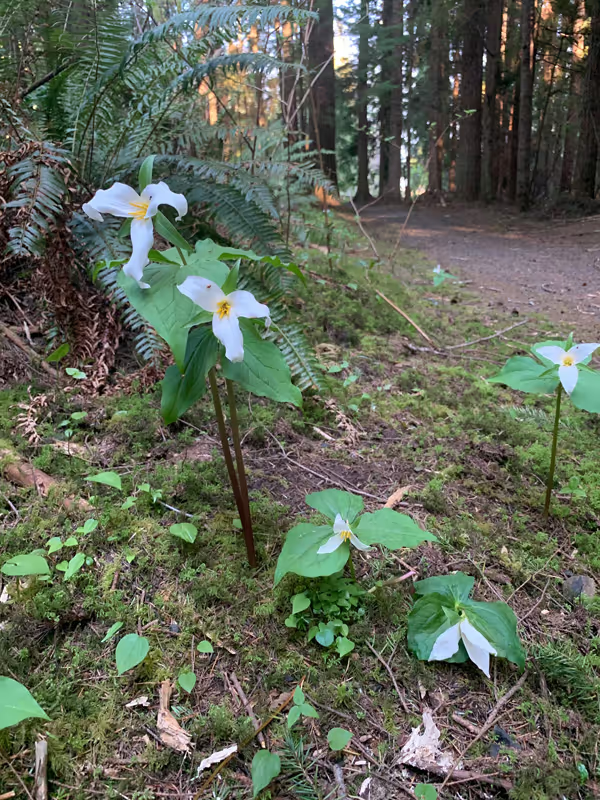10 Signs of Spring


10 Signs of Spring in Western Washington
(and when to expect to see them)

Photo of Trilliums by Holly Duffy[/caption]
The winter solstice will happen this Tuesday, marking the first day of winter in the northern hemisphere with the shortest day of the year. On December 21, 2021, those of us in Western Washington can look forward to exactly 8 hours 28 minutes and 29 seconds of daylight. Thankfully, after the winter solstice, we will gain daylight every day until we reach the summer solstice and longest day of the year. As we inch out of the darkness, here are 10 signs of spring to look forward to:
Sources
Baley, Anne. “Skunk Cabbage Facts.” Gardening Know How. https://www.gardeningknowhow.com/ornamental/flowers/skunk-cabbage/skunk-cabbage-facts.htm. Accessed 19 December 2021.
Cockrell, Debbie. “Hello, sunsets before 5 p.m. Tacoma heading into the long, dark days of winter.” Tacoma News Tribune. www.thenewstribune.com/news/local/article255603596.html. Accessed 19 December 2021.
Ferrell, Matt. “Seven Signs that Spring is Springing in the North Cascades.” North Cascades Institute. https://blog.ncascades.org/naturalist-notes/seven-signs-that-spring-is-springing-in-the-north-cascades/. Accessed 19 December 2021.
Savych, Olha. “Best Time to See Pacific Rhododendrons.” Rove. https://rove.me/to/washington-wa/pacific-rhododendron. Accessed 19 December 2021.
Schulman, Neil. “Signs of Spring in the Northwest.” The Clymb. https://blog.theclymb.com/out-there/signs-spring-northwest/. Accessed 19 December 2021.
Smith, Kyle. “Spring Color Comes to Coastal Forests of Washington.” The Nature Conservancy: Washington State. https://www.washingtonnature.org/fieldnotes/spring-color-comes-to-the-coastal-forests-of-washington. Accessed 19 December 2021.
“Washington in Bloom: 12 Spring Hikes for Wildflowers.” Washington Trails Association. https://www.wta.org/go-outside/seasonal-hikes/spring-destinations/spring-wildflower-hikes. Accessed 19 December 2021.
© Holly Duffy, December 2021
Touch whale bones, examine shipwreck artifacts and connect with the coast's living history.

Support our mission, get involved in educational programs, or contribute through donations and volunteering.